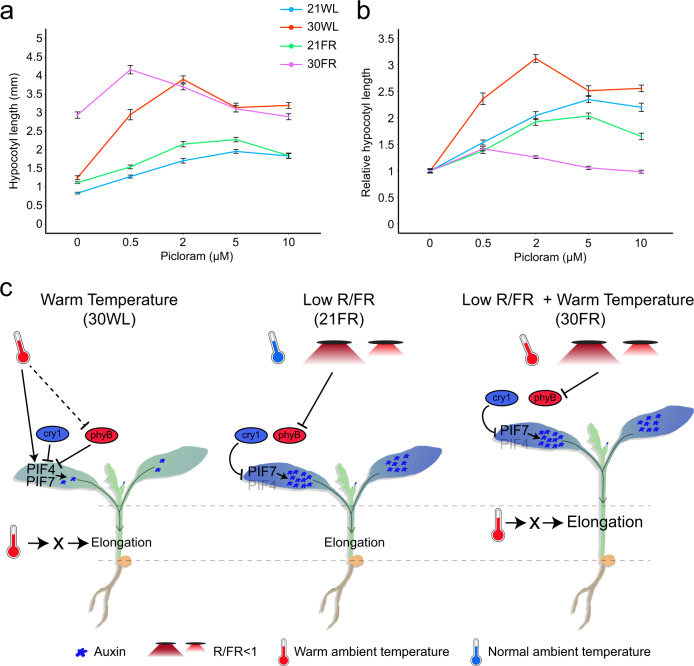Fig. 6. Warm temperature enhances the response to auxin.
a Dose–response curves for hypocotyl length of 5-day-old wild-type Arabidopsis seedlings treated with the synthetic auxin picloram. Seedlings were grown in constant simulated white light (70 µmol m−2 s−1) at 21 °C (21WL) for 2 days, then moved to plates with the indicated picloram concentration or DMSO control (0) and the indicated growth condition for an additional 3 days. Data represent mean +/− SE; n = 16 seedlings or more per sample (for the exact number in each sample, see Source data). b Hypocotyl length in response to picloram shown in (a), normalized to the hypocotyl length of mock treatments in each growth condition. Data represent mean +/− SE; n = 16 seedlings or more per sample (for the exact number in each sample, see Source data). c A model of hypocotyl elongation in response to low R/FR, warm temperature, and both signals simultaneously. During warm temperatures and high R/FR (30WL), the abundance of PIF4 and to some extent PIF7 increases, while both PIFs are still repressed by cry1 and phyB. This leads to a slight increase in auxin levels which initiate the growth response but depends on additional unknown factors (X). During the response to low R/FR (21FR), the repression of phyB over PIF7 is removed and auxin is induced, which is the main driving force that promotes hypocotyl elongation. In this condition, PIF4 plays a minor role (represented by faint font). When plants sense low R/FR and warm temperature simultaneously (30FR), auxin production increases as in the low R/FR, while the warm temperature activates factor X, boosting the effect of auxin in the hypocotyl resulting in extensive growth. The dashed line represents the increased dark reversion rate of phyB in cycling conditions.

